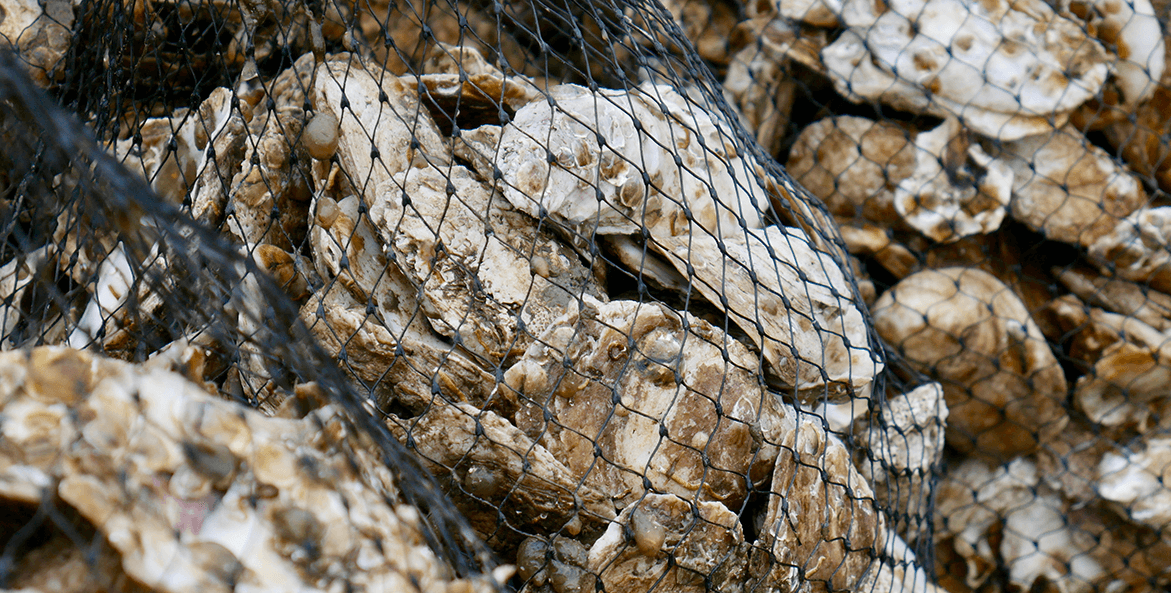•Oyster Gardening FAQs
Frequently Asked Questions About Oyster Gardening

At the end of the oyster gardening season, oysters will be planted at oyster restoration sites around the Bay.
Wyatt Young

At the end of the oyster gardening season, oysters will be planted at oyster restoration sites around the Bay.
Wyatt Young

The State of the Bay Report makes it clear that the Bay needs our support now more than ever. Your donation helps the Chesapeake Bay Foundation maintain our momentum toward a restored Bay, rivers, and streams for today and generations to come.
Donate Today
Do you enjoy working with others to help clean the Chesapeake Bay? Do you have a few hours to spare? Whether growing oysters, planting trees, or advocating for a clean Bay, there are plenty of ways you can contribute.
Volunteer